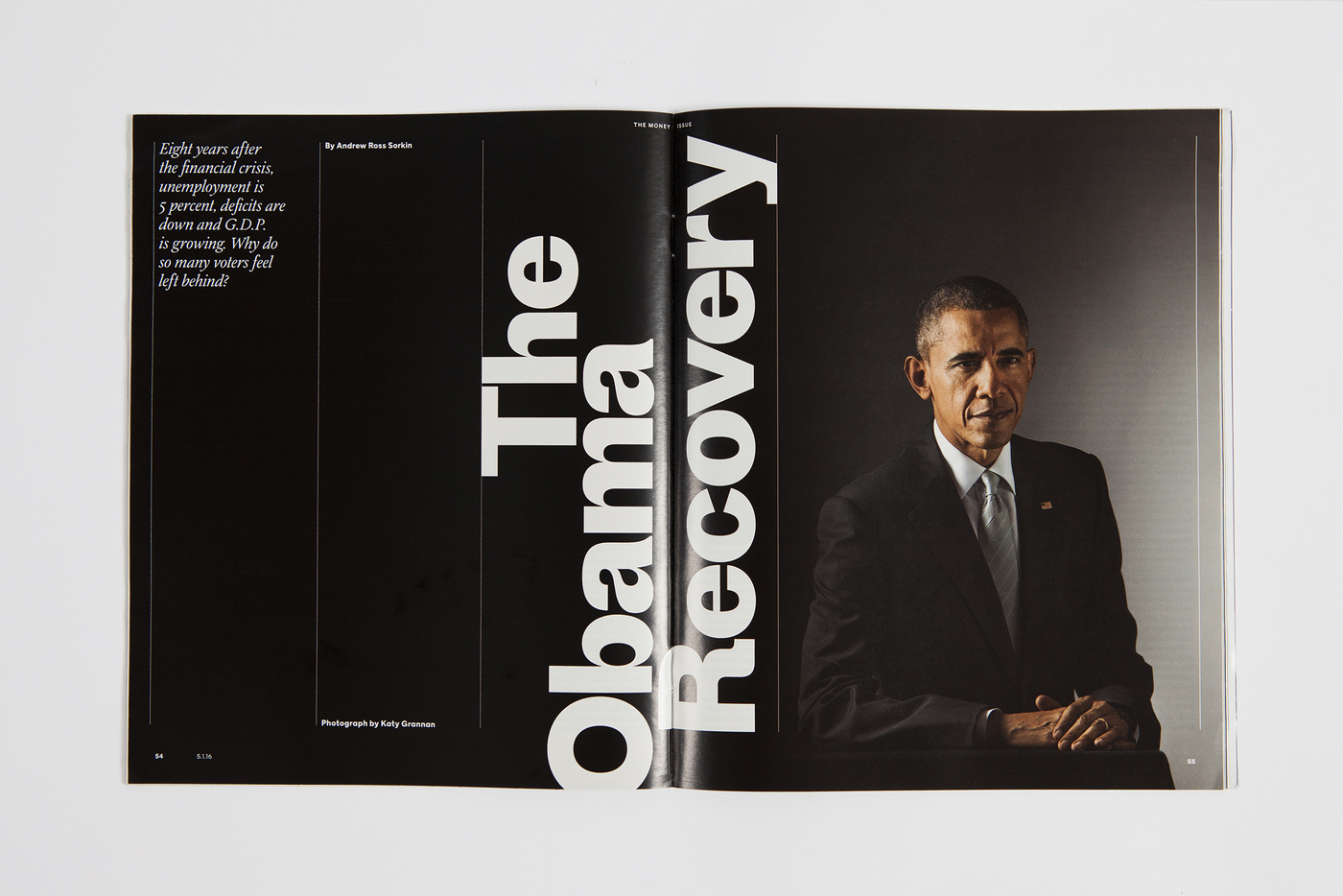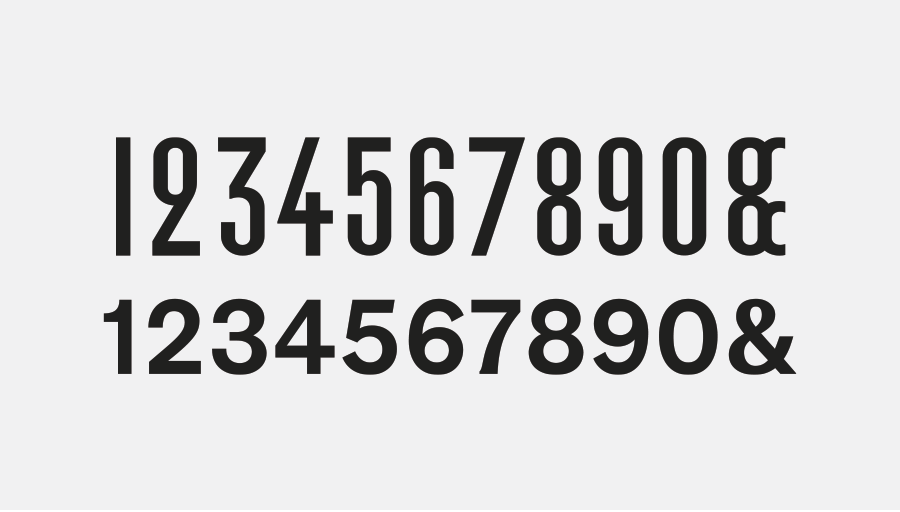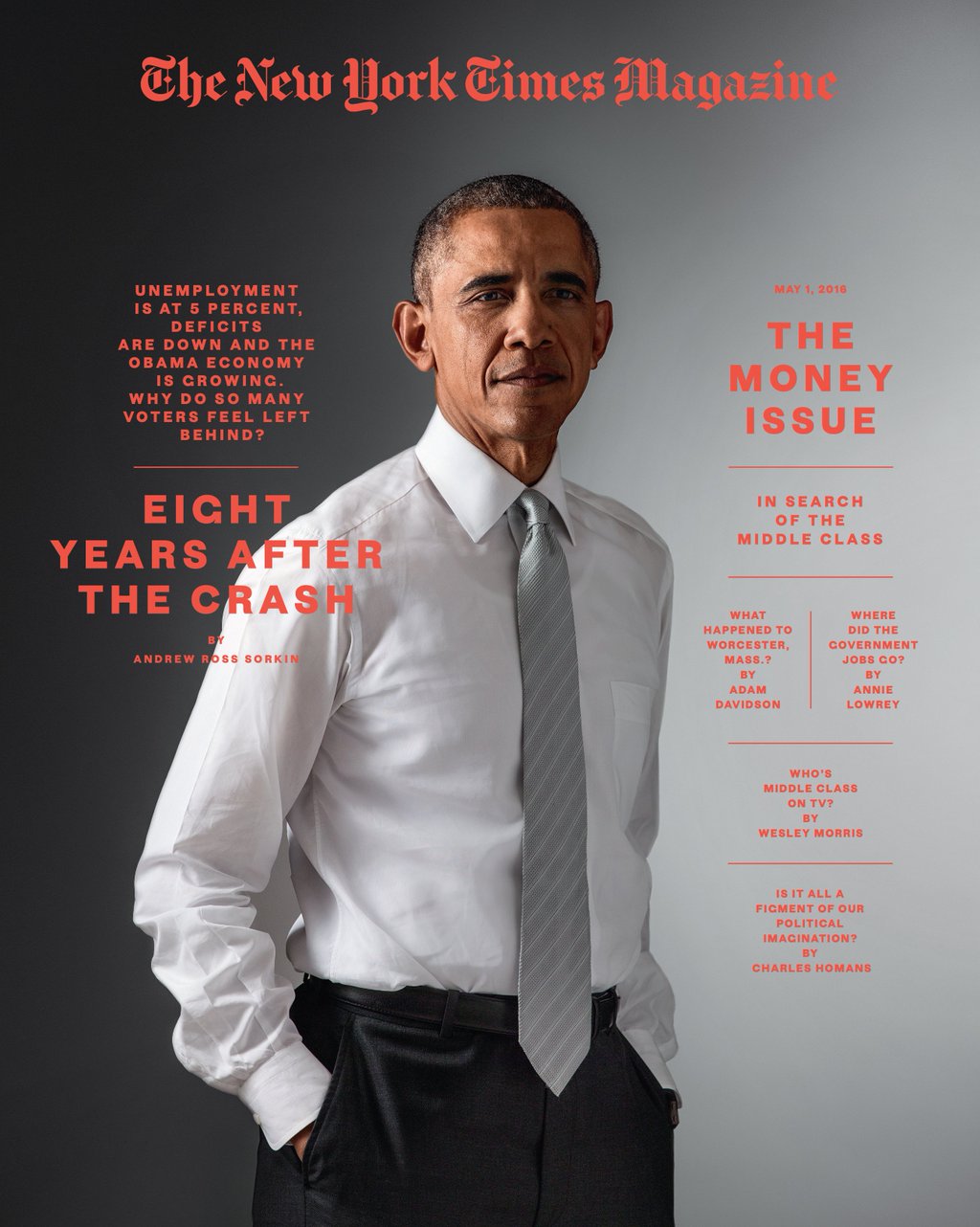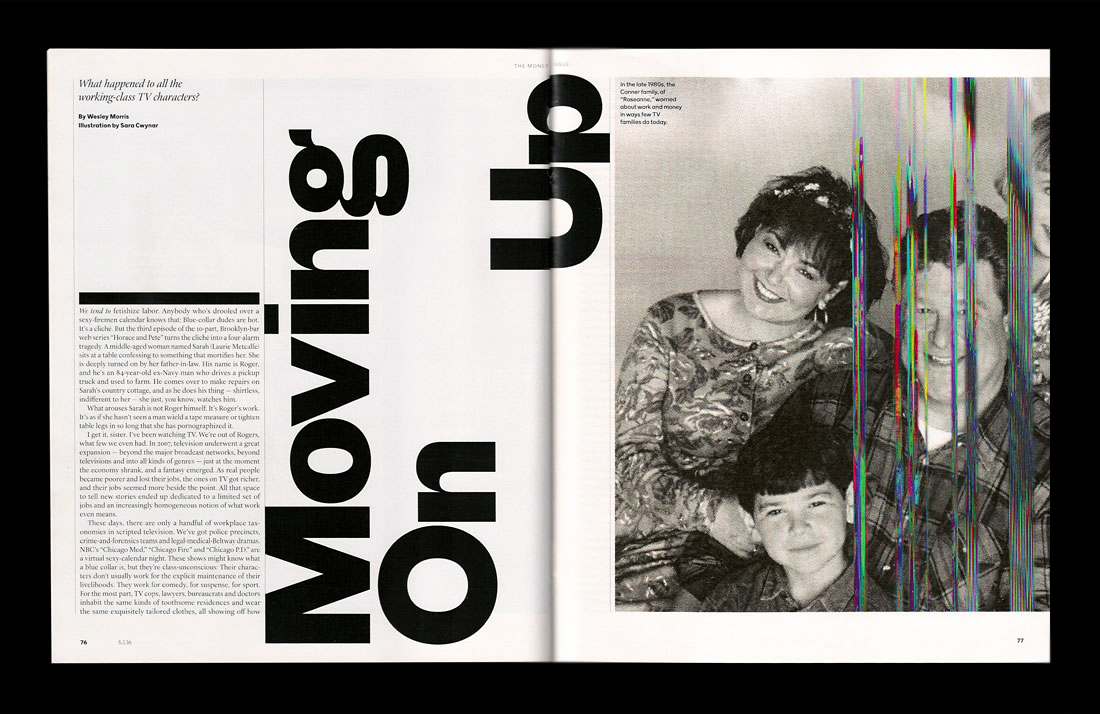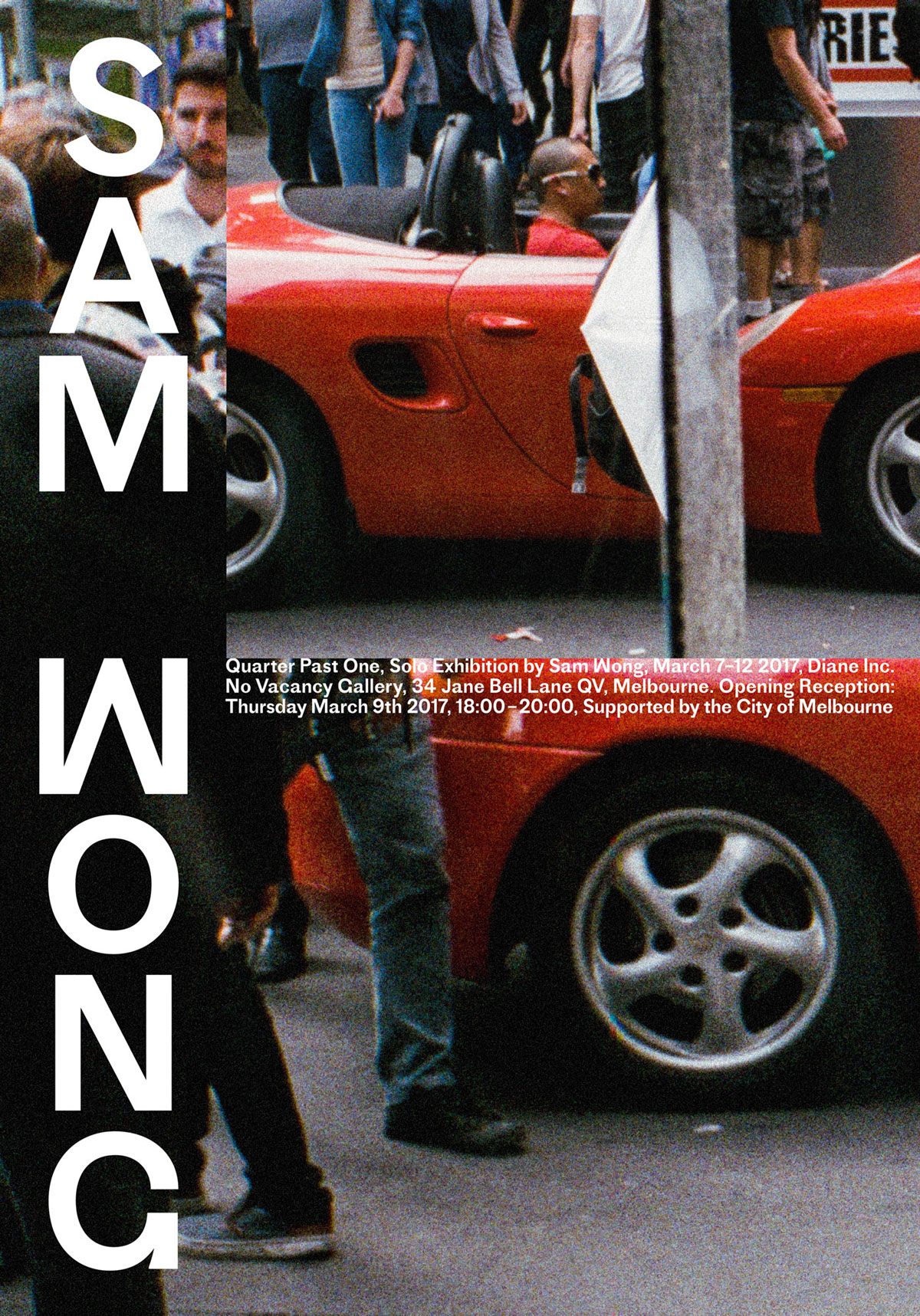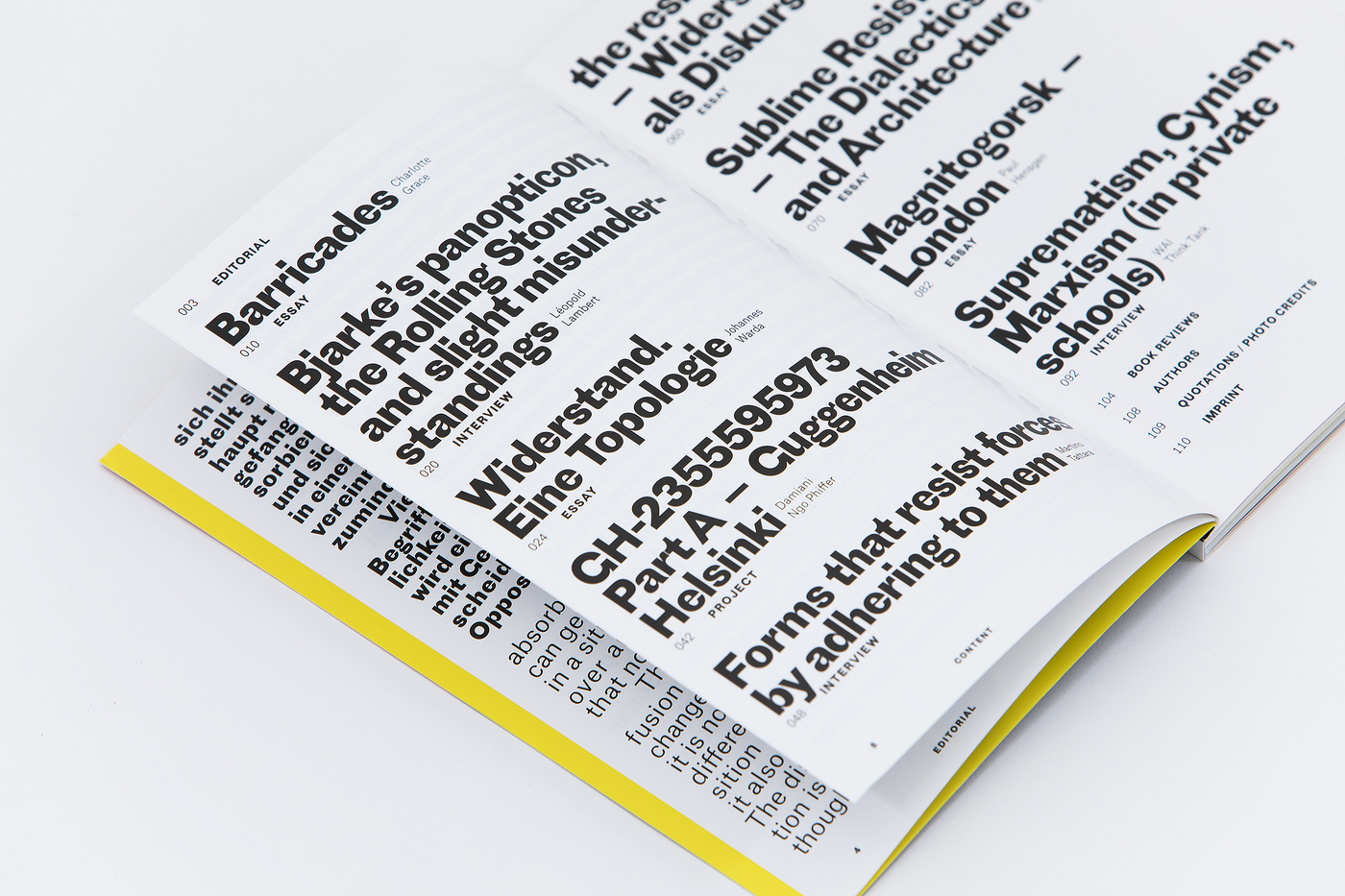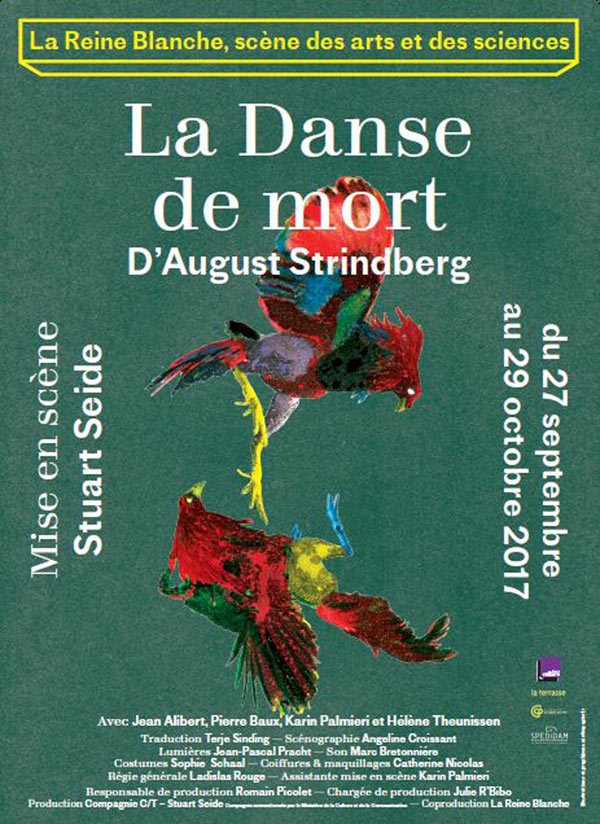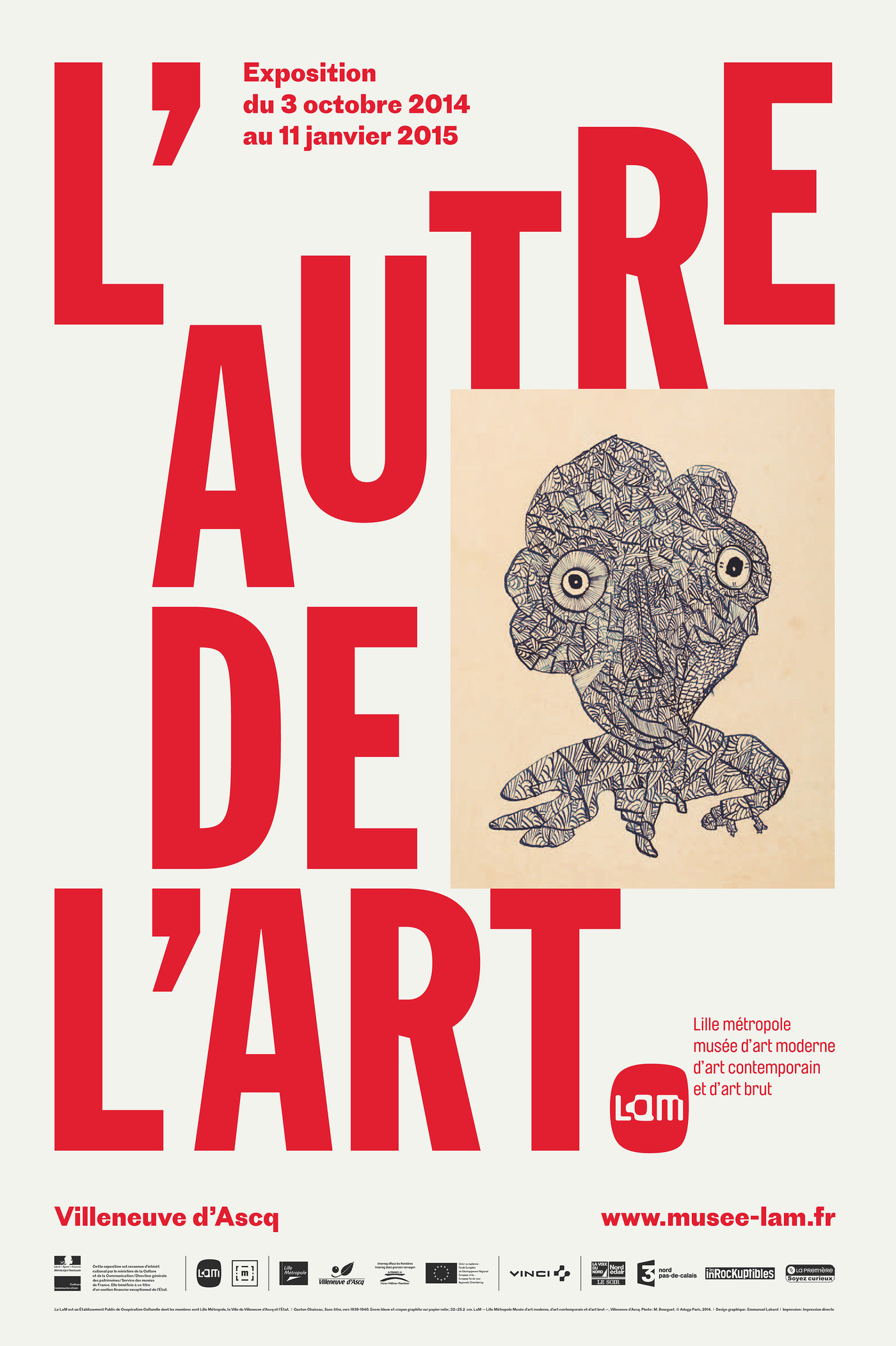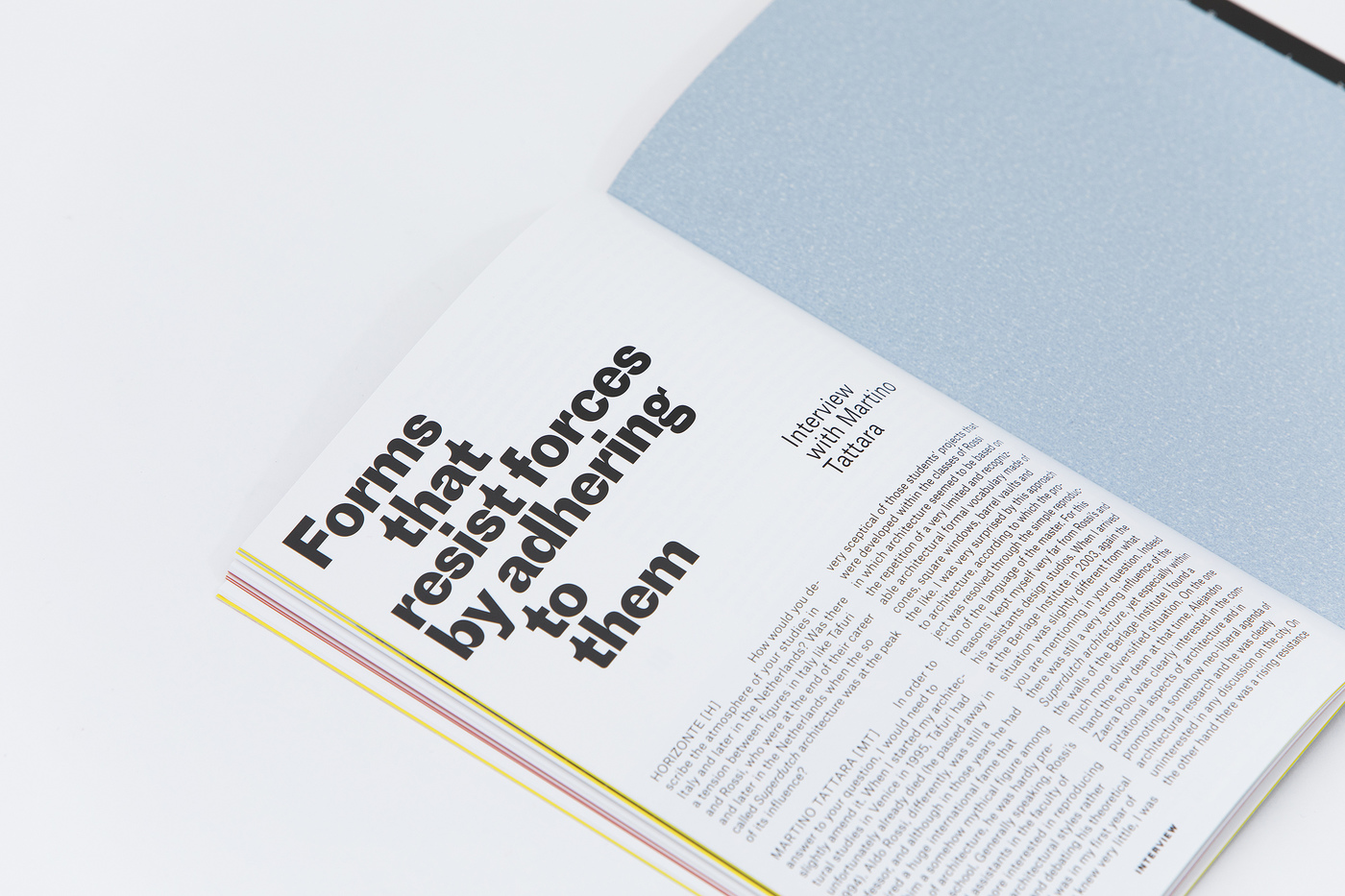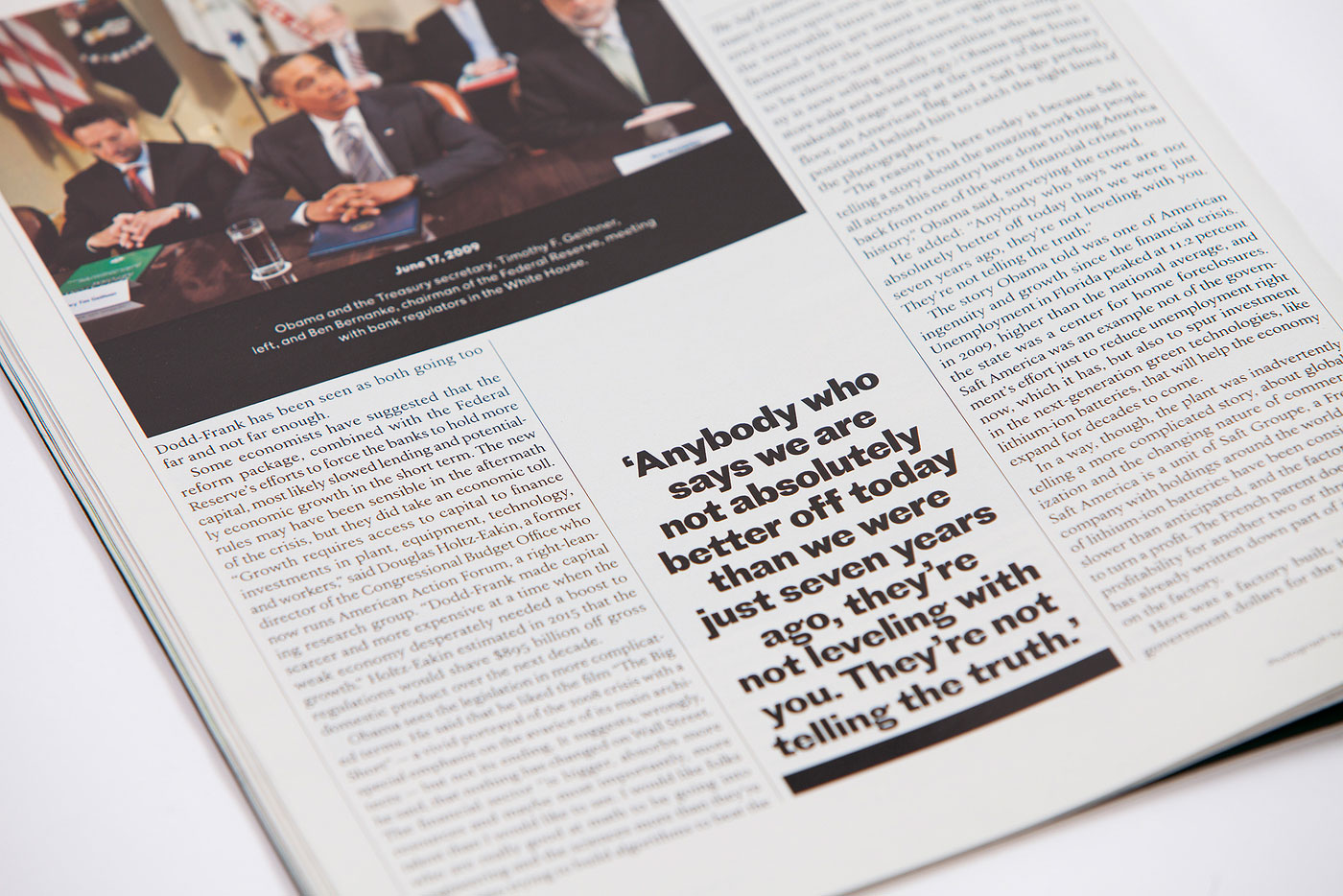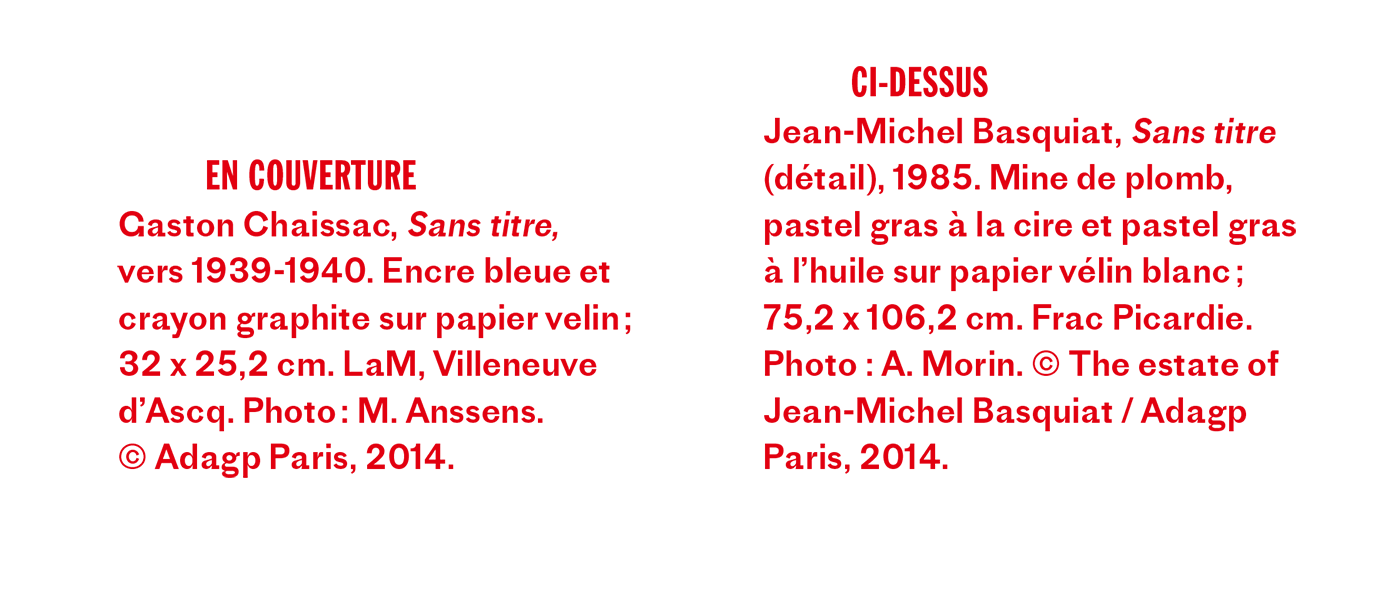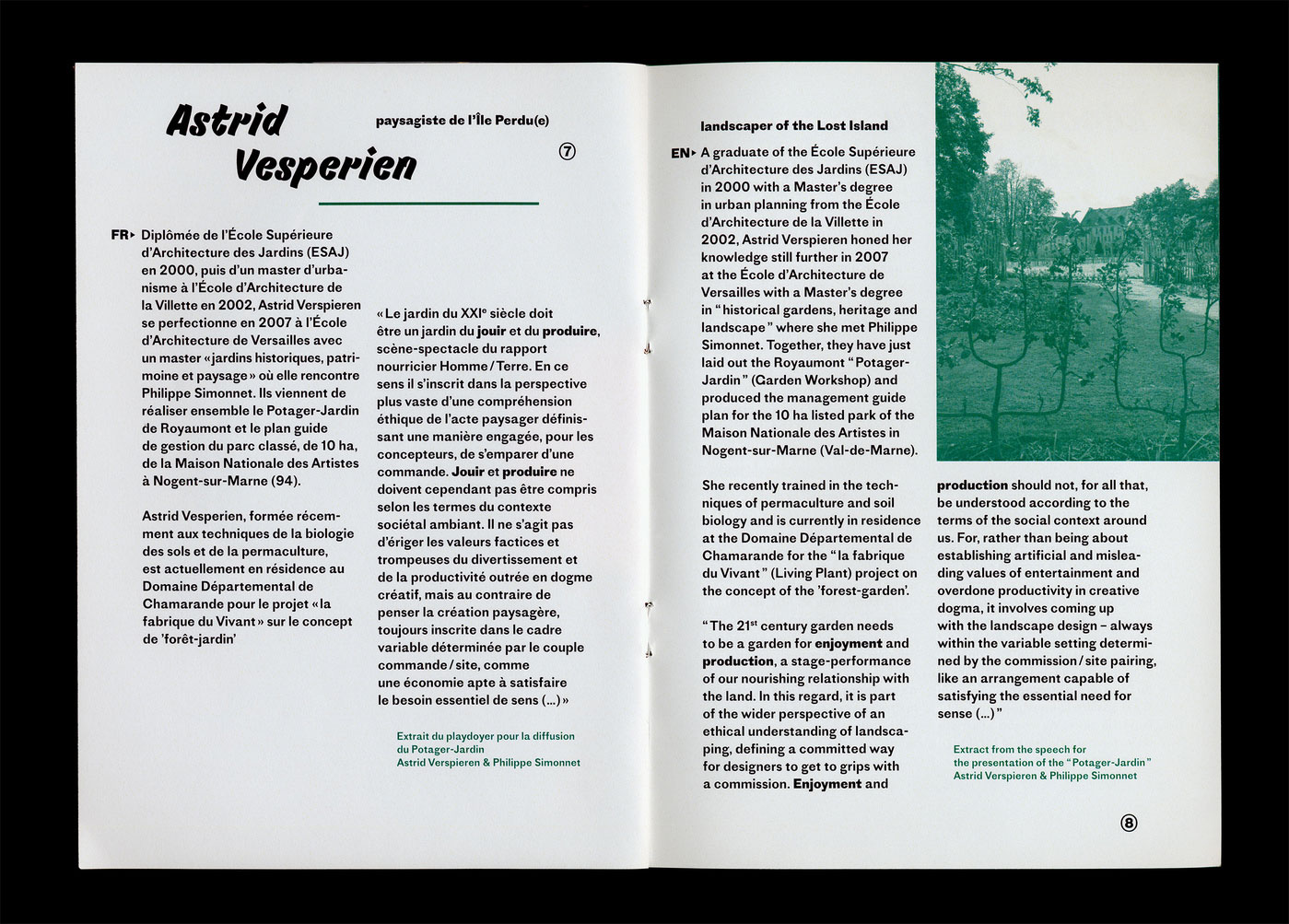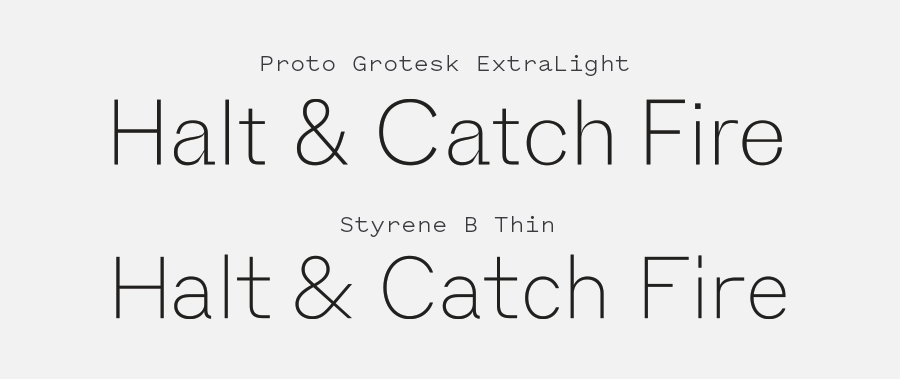Proto Grotesk is defined by its “G’s”—The uppercase, which resembles a “C” with a goatee, and the stunning stacked “g”, with it’s massive lower bowl that anchors the letterform from below the baseline. This is a typeface you buy because there are a handful of characters that are so distinct you can’t wait to find an excuse to use them.
Proto Grotesk oozes with personality, combining some very old-school grotesque characteristics with a quirky, modern sensibility to create something that feels brand-spanking new. It’s got a sharp thick-to-thin contrast (even in the lighter weights, which is a rarity) and in the bolder weights the oval shaped counters swell up like bubbles.
It’s both friendly and alien, historic yet sharply mechanical. It embraces geometry while maintaining its grotesque roots, and remains legible despite its quirks and unique details. I love typefaces like this that can seem fairly understated in one setting, but when the right characters are deployed you realize just how odd a typeface it is. It can be beautiful but it’s always meant to make you feel slightly uncomfortable.
Proto Grotesk is gorgeous at large-scale—its supple letterforms can be the hero of a composition—or it can be subdued, taking on a charming vibe as a secondary or body-text typeface. In researching for this review I’ve been pleasantly surprised at the myriad of ways people have used it, and how subtle it can be in the right hands. It’s a typeface of contradictions and abnormalities and yet it all works.

